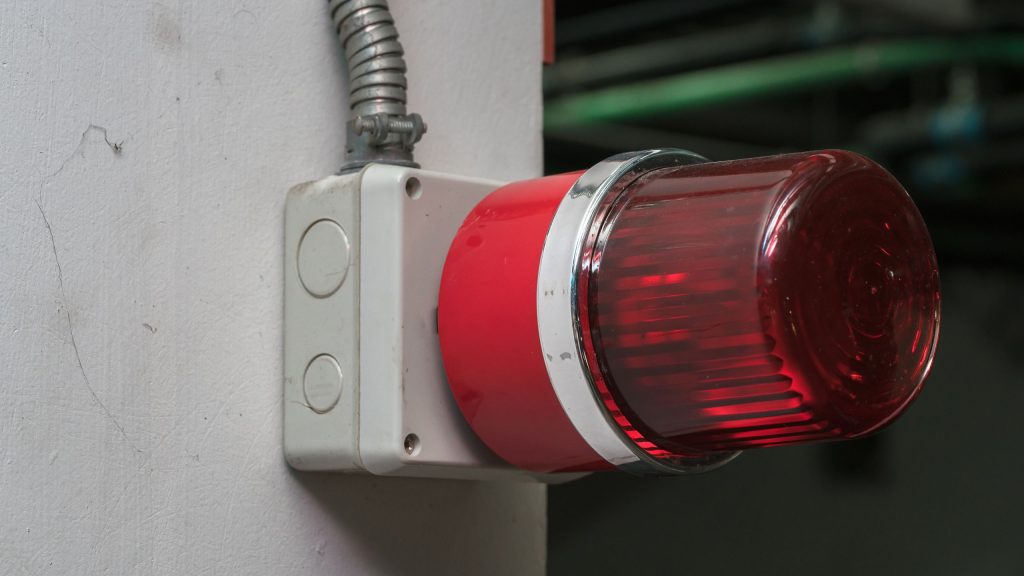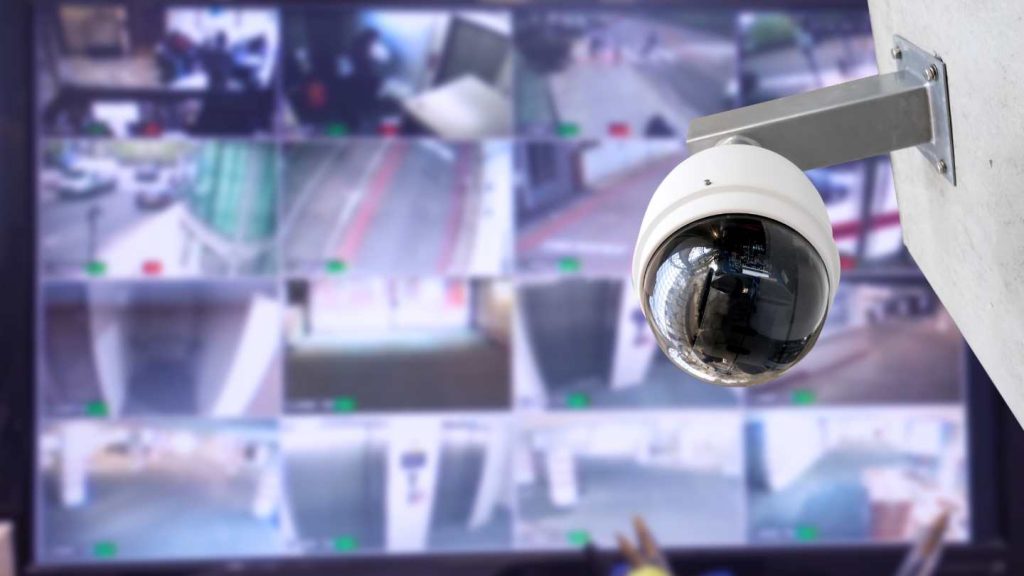
STAGE 1: Planning
The planning, layout, and standards stage of the engineering process for CCTV systems involves several key steps to ensure an effective and efficient system design. This takes into account the layout, specifications and applicable standards. You begin by clearly defining the objectives of the CCTV system and drawing up a clear plan for the project process. Depending on the industry, different standards are applicable such as ONVIF, CGI and PSIA.
The plant layout is important when installing a CCTV system because it allows for strategic camera placement, optimal coverage, risk assessment, integration with other security measures, efficient infrastructure deployment, and regulatory compliance. By considering the plant layout, you can enhance the effectiveness of the CCTV system and improve overall security and surveillance capabilities within a facility.
STAGE 2: Placement
Next using the information from the first stage, a block diagram with detailed drawings will be done. The block diagram will also show the different types of cameras in use, determined based on the requirements and environmental conditions of the plant. For example, thermal imaging cameras and explosion proof cameras.
STAGE 3: Simulation
An important part of the engineering process is the CCTV coverage study, which will assist in maximizing coverage, identifying vulnerabilities, optimizing camera placement, reducing redundancy and costs, complying with regulations, and facilitating effective incident response. Additional calculations and decisions on storage are also taken at this stage.
STAGE 4: Testing
The testing stage includes the factory acceptance test (FAT) and the site acceptance test (SAT). The FAT involves testing a sample of cameras with all Workstations and monitors connected. External systems inputs are simulated, and the system is released for shipment after the FAT. During the SAT every component of the System (Cameras/ Viewing Stations/ Monitors) is tested so that a fully functional and stable system is handed over.
STAGE 5: Handover
During the final stage, the OIM is handed over, any training required is conducted for the client’s personnel and preventative maintenance is carried out regularly and carefully logged.
Get the Right Team
With over 10 years of industry experience, Vivo Asia Engineering & Trading has become highly specialized in the delivery of this engineering output process. Our skilled drafters and engineers are well-versed in industry compliances and know how to overcome common challenges when installing and designing CCTV system for harsh and hazardous environments.


